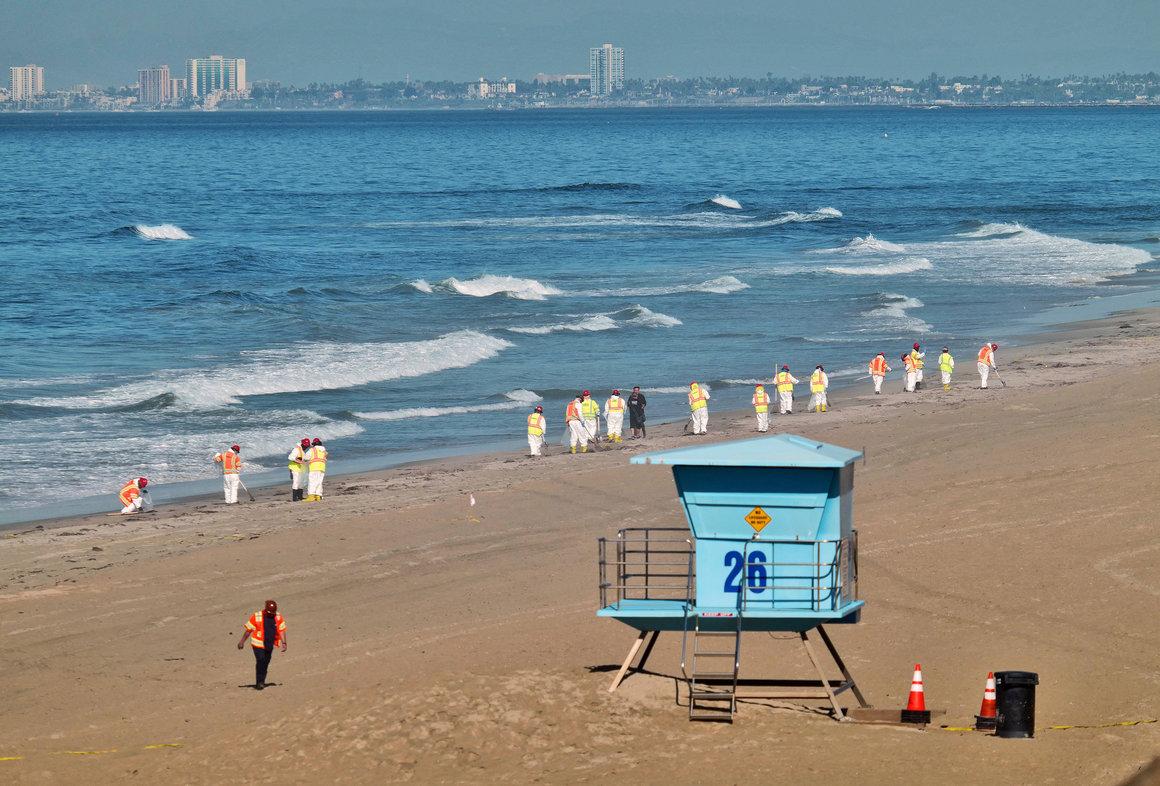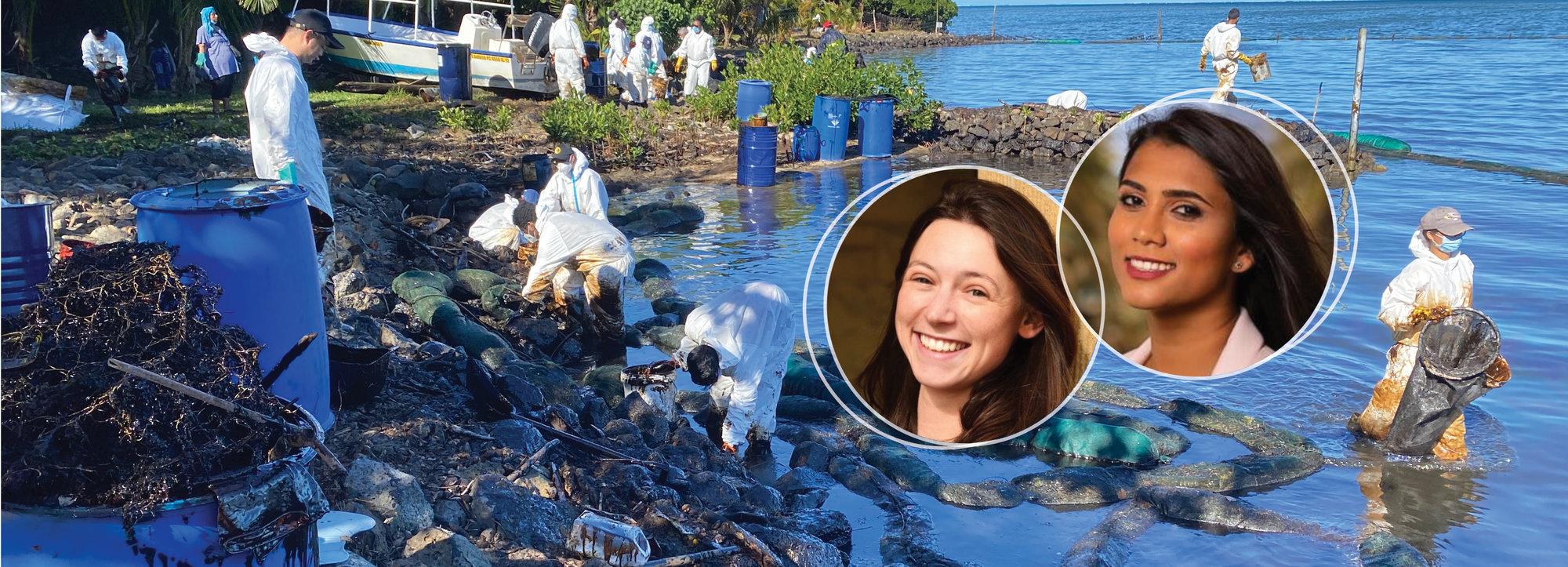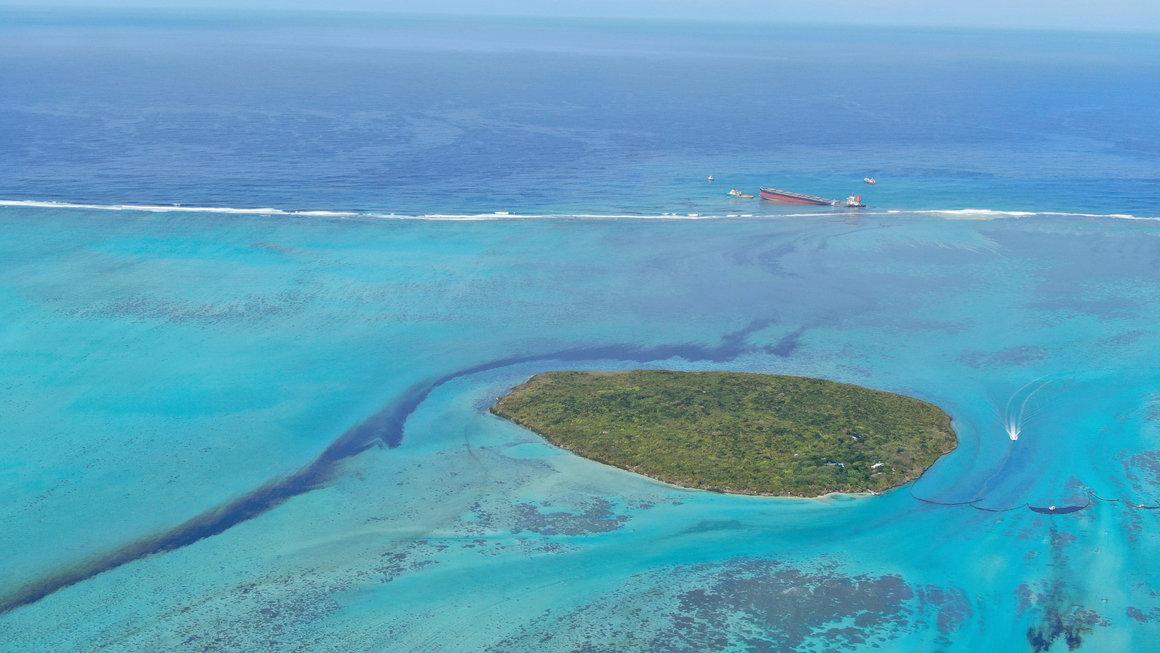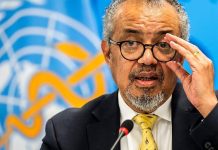Africa-Press – Mauritius. By the time Josheena Naggea, PhD ’22, arrived at Pointe d’Esny lagoon, on the southeastern coast of Mauritius, it was as if a dark curtain had been pulled across the normally turquoise waters. Panic gripped a gathering crowd as divers came ashore slicked in black oil.
It was a sunny Thursday afternoon in early August 2020, and Naggea, who is now an André Hoffmann Ocean Innovation Fellow at the Stanford Center for Ocean Solutions and World Economic Forum, was watching the first major oil spill in her country’s history unfold.
The bulk carrier MV Wakashio had been leaking oil for hours from its perch atop a coastal reef, where it had run aground 12 days earlier. The vessel would eventually pour 318,000 gallons into sensitive habitats like mangroves, seagrass beds, and coral reefs around Mauritius, an island nation 500 miles off Madagascar in the Western Indian Ocean.
Naggea, whose research focuses on centering equity in ocean innovations for small-scale fisheries and aquaculture, posted to Facebook later that week: “It’s crippling to see our beautiful southeast coast being annihilated overnight.
It’s the place that first introduced me to the natural and cultural values associated with the sea and pushed me to share it with so many others. ” Naggea was intimately familiar with this portion of the coastline, not only from her childhood, but also from her research.
At the time of the spill, she was a doctoral student in Stanford’s Emmett Interdisciplinary Program in Environment and Resources (E-IPER). Her dissertation focused on ocean governance in Mauritius, particularly the management of small-scale fisheries and marine protected areas.
Once the Wakashio started leaking, Naggea couldn’t shake the image of the lagoon that first day or the impacts she had observed on livelihoods and health throughout the region.
“I watched as residents without any protective equipment used buckets to scoop oil from the water in front of their homes,” Naggea recalled.
“For me, that shows the attachment people have to the sea and the desperation they felt to protect the place they love and rely on.
” She often found a supportive ear in E-IPER classmate Rebecca Miller, PhD ’21. Miller was half a world away working on her dissertation. But she was similarly focused on how communities recover from environmental disasters – not oil spills, in her case, but wildfires.
Naggea knew she wanted to find a way to help the coastline and communities of her childhood, so she extended her stay in Mauritius for several months.
Through conversations over Zoom with Miller and her PhD advisors, Professor of Oceans Larry Crowder and Associate Professor of Oceans Krish Seetah, Naggea realized she could apply her expertise in social ecology to support governmental and nongovernmental organizations, as well as community leaders, in learning from the impacts of the Wakashio incident to prepare for future oil spills.
Finding connections Those conversations echoed in Miller’s mind months later, when an oil spill struck her own hometown, Huntington Beach, along the coast of California.
On Oct. 1, 2021, an underwater pipeline tore open nearly 5 miles offshore, emptying 25,000 gallons of oil into coastal waters. Unlike Mauritius, Huntington Beach, which owes its origins to California’s oil industry, was no stranger to spills.
As Naggea and Miller explain in a Feb. 15 research paper in Ecology and Society about the Wakashio and Huntington Beach spills, California developed a contingency plan in 1990 – the same year that oil spilled from the tanker American Trader threatened the Huntington Beach coastline.
Huntington Beach also had access to state clean-up resources and participated in spill drills as mandated by policies resulting from other spills in U.
S. waters, like the Exxon Valdez in Alaska and Deepwater Horizon in the Gulf of Mexico. Despite the extensive preparation in Huntington Beach, Miller never imagined an environmental crisis hitting so close to home.
Through her research, Miller had often talked with California residents displaced by wildfires about response and recovery. “People would say ‘You never think it’s gonna happen to you, your house, your community.
’ I heard them, but until a disaster happened in my town, it didn’t fully hit me,” said Miller, who is now a AAAS Science and Technology Policy Fellow at the U. S. Department of State.
Having just begun a postdoctoral position at the University of Southern California at the time, Miller drove the 40 miles south to Huntington Beach on the second day of the spill.
“As I was driving down, I remember thinking: I don’t know what it will be like on day three or four, but it felt like this was a smaller piece of a much bigger story to tell.
” She found the beach closed to visitors as part of a well-rehearsed protocol for protecting public safety. Observing the eerily vacant shoreline, Miller recalled feeling helpless to fix the immediate situation.
“But I also knew that if Josheena and I teamed up, we could compare the same type of disaster in markedly different contexts, allowing us to leverage our perspectives as both residents and researchers to tease out more nuanced challenges and successes for each community.


For More News And Analysis About Mauritius Follow Africa-Press







